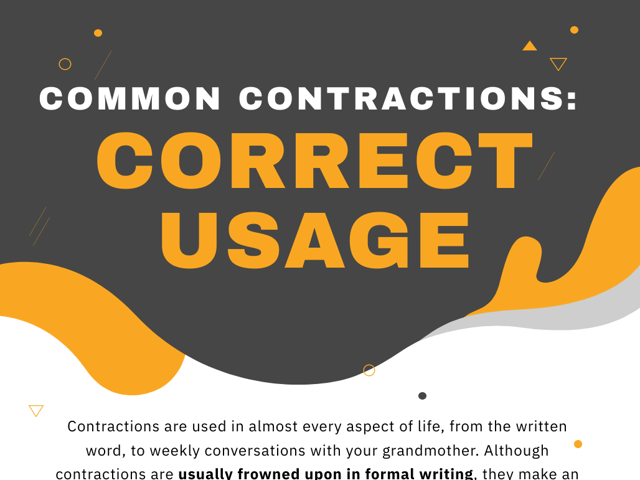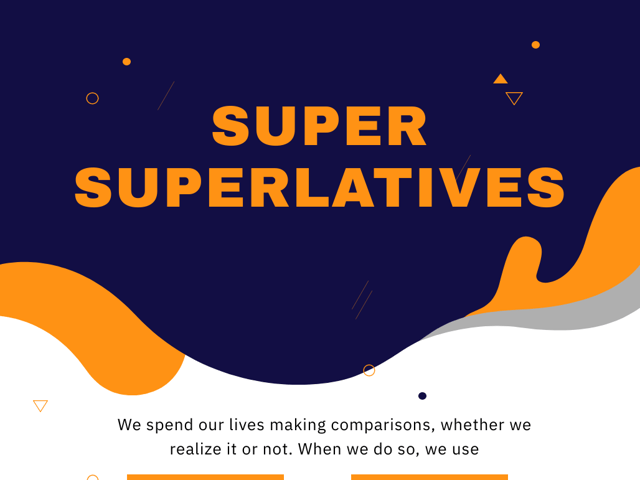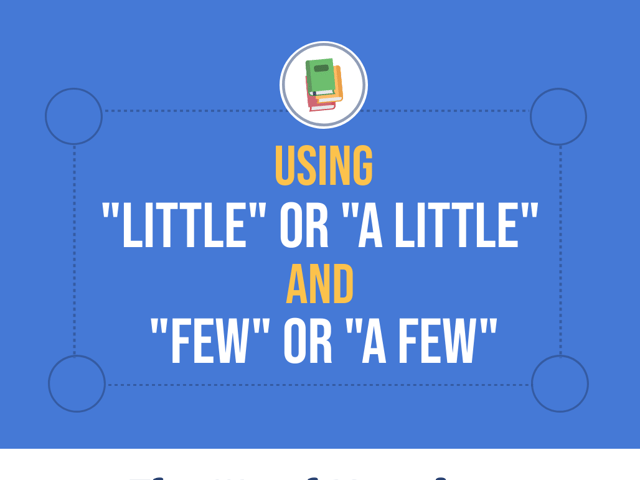
How to Use Contractions
Contractions are used in almost every aspect of life, from the written word, to weekly conversations with your grandmother. Although contractions are usually frowned upon in formal writing, they make an appearance frequently in the English language, and understanding both how to create them, and how to understand them are pivotal parts of engaging in fluent, smooth, and effective conversation, and creating high-quality, informative content. Although learning each and every contraction in the English language is a tall order, there are several common contractions that are likely to come up more than others.
What Is a Contraction?
A contraction is a word created through shortening and combining two different words using an apostrophe. For instance:
-
Isn’t is a contraction that combines the words is and not.
-
You’d is a contraction that combines you and would.
-
They’re is a contraction of the words they and are.
Contractions may be used in academic settings, both in writing and in teaching, but they are not often found in more rigorous disciplines, such as formal writing and scientific writing.
What Are Some Common Contractions?
Among the most common contractions are those involving descriptors, including hasn’t, wasn’t, and isn’t. Don’t is also one of the most frequently used contractions, as it is one of the most common commands given in the English language. Contractions usually end in the following suffixes: ’re, ’d, n’t, ’s, and’ll. These suffixes correspond to the words are, would, not, is, and will.
Why Are Contractions Used?
Although the use of contractions is not necessary to speak fluently, it does change the texture and tone of a sentence. When a sentence feels too stiff or wordy, for instance, a contraction can lessen the severity of a sentence and reduce its length. Contractions can also lend themselves to creating a sense of time and place within a piece; a small child, for instance, is unlikely to say, “I am not ready to go to sleep,” and would be far more likely to cry, “I’m not gonna sleep!”
A Conversational Purpose
Contractions are extremely useful words, as they allow writers and readers to change the tone of a given piece, and cut down on time and length.
The sentence, “Terri was not ready to attend the party; her brother would not be going, and Terri felt out of place” feels oddly formal.
“Terri wasn’t ready to attend the party; her brother wasn’t going, so Terri felt out of place” is far more conversational in tone, and carries a faster, easier cadence.

Keep Reading

English Basics Blog
How to Write a Compare and Contrast Essay
When you were in school, you probably had to write a lot of different t…

English Basics Blog
What are Superlatives?
We spend our lives making comparisons, whether we realize it or not. Wh…

English Basics Blog
When to Use “Little” or “a Little” and “Few” or “a Few”
Few aspects of the English language can grow as convoluted as when to u…